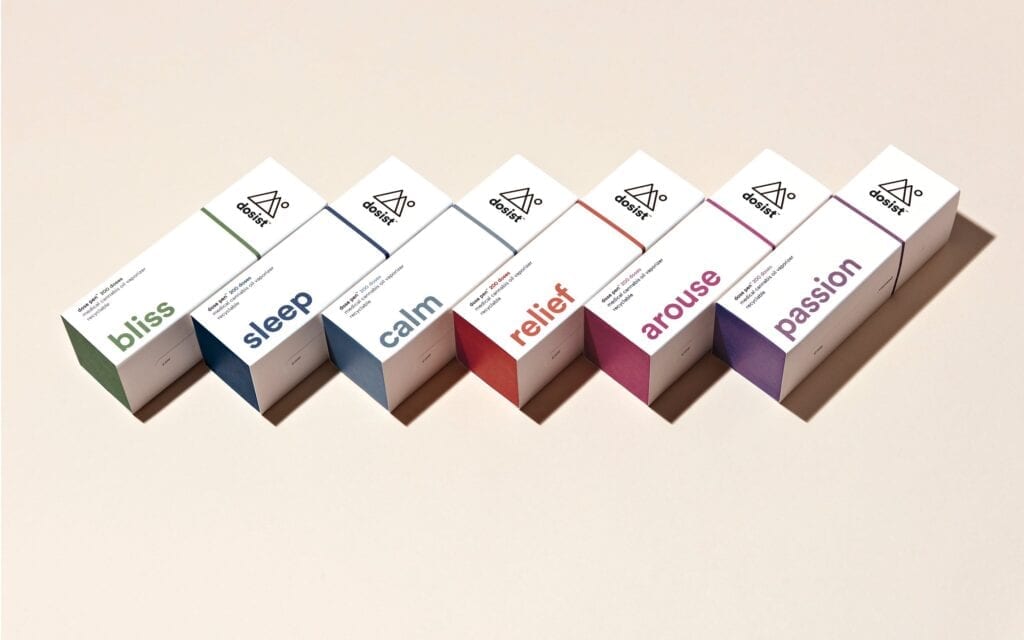Day: February 2, 2023
The Top 10 Packaging Design Trends For 2023.
Keeping up with the latest product packaging design trends can feel a bit like high school. Every year there seem to be new, hip, and edgy ways to make a packaging statement. These trends in packaging make you feel as if you need to either keep up or move away from the “cool kids.” We’re…
Top 10 Packaging Industry Trends & Innovations in 2023
Are you curious about which packaging industry trends & startups will soon impact your business? Explore our in-depth industry research on 2 907 packaging startups & scaleups and get data-driven insights into technology-based solutions in our Packaging Innovation Map! The packaging industry is adopting smart and sustainable solutions to make product packaging more consumer-, brand-,…


